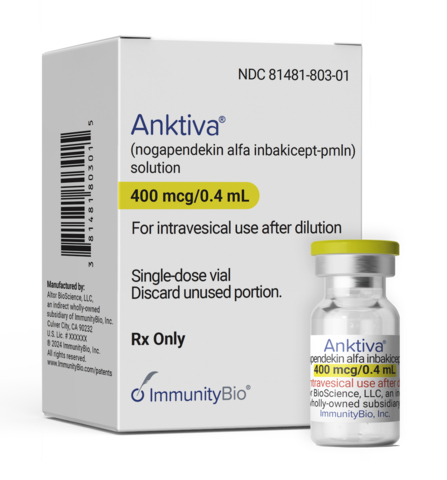As health authorities brace for a new wave of COVID-19 this fall, a new variant of the coronavirus has arrived on the scene. The variant, called BA.5.2.1.7 or BF.7 for short, is a spinoff of the Omicron subvariant BA.5, which is currently the dominant SARS-CoV-2 variant in the US.
According to the latest data from the Centers for Disease Control and Prevention (CDC), BF.7 made up 1.7 percent of sequenced infections last week. Other variants in the mix — all subvariants of Omicron — include BA.5 at 85 percent, BA.4.6 at 10.3 percent and BA.2.75 comprised 1.3 percent of COVID-19 cases. As of September 26, BF.7 cases have reached 2.3 percent. Concurrently, cases of BA.5 have been on a slight decline according to the CDC data, having gone from 87 percent in August to 85 percent last week.
The CDC had a particularly watchful eye on the BA.2.75 Omicron offshoot, dubbed ‘Centaurus’ on social media, as a variant of interest that could cause the new COVID-19 surge expected this fall. However, BF.7 officially overtook it last week. This is because in just the last two weeks, the incidence of BF.7 doubled nationally from 0.8 percent to 1.7 percent.
As with most newer variants of concern, BF.7 appears to be more transmissible than Omicron and other Omicron subvariant counterparts that appeared before it. The severity of disease that BF.7 causes still remains unknown. However, given that most Omicron subvariants have been similar in severity, it’s likely that BF.7 may also follow suit.
The concerns over BF.7 come on the heels of US President Joe Biden having announced that the pandemic was over, which sparked debate among infectious disease experts, some of whom say his remark was premature.
XTALKS WEBINAR: Pandemic Preparedness & Rapid Response — A New Delivery Model to Manage Clinical Research During a Public Health Emergency
Live and On-Demand: Monday, October 31, 2022, at 11am EDT (4pm CET/EU-Central)
Register for this free webinar to learn what hurdles must be overcome while conducting effective clinical research in a pandemic scenario, and the advantages to having an established pandemic preparedness and rapid response model in place.
Biden’s comment may be a reflection of the significant falls in mask wearing and other mitigation measures. It could also have been inspired by World Health Organization (WHO) head Tedros Adhanom Ghebreyesus who said last week that the end of the pandemic was “in sight,” pointing to the fact that weekly deaths from the virus were at the lowest levels since March 2020.
Despite this, according to Johns Hopkins University data, an average of more than 400 people are still dying every day in the US due to COVID-19.
“We have never been in a better position to end the pandemic,” Ghebreyesus said. But he did stress that, “We are not there yet, but the end is in sight,” adding that, “If we don’t take this opportunity now, we run the risk of more variants, more deaths, more disruption and more uncertainty.”
According to Fortune, BF.7 was first reported by the CDC as part of BA.5 cases, which began to dominate this summer. The CDC was compelled to place it in its own category recently when cases topped one percent, Dr. Stuart Ray, vice chair of medicine for data integrity and analytics at Johns Hopkins Department of Medicine, told Fortune.
“The same growth advantage in multiple countries makes it reasonable to think that BF.7 is gaining a foothold,” and that it’s potentially more transmissible than parent BA.5, Ray said. Children of variants “don’t grow relative to their parent unless they have an advantage.”
BF.7 has already taken a strong foothold in other countries. Belgium currently has the majority of BF.7 cases worldwide at 25 percent while Denmark, Germany and France have around ten percent of the world’s total cases, according to cov-lineages.org, a COVID data repository updated daily by contributors from universities in England, Scotland and Australia among others.
Related: Novavax Vaccine Becomes First FDA-Authorized Protein Vaccine for COVID-19
The good news is that both Pfizer and Moderna have bivalent mRNA vaccines designed to target both the original strain of the virus and Omicron, including the Omicron subvariants BA.4 and BA.5. However, it is unknown exactly how effective they will be against BF.7.
COVID is continually evolving to become more immune evasive, according to Ray, and Omicron is spawning exponentially. He added he wouldn’t be surprised to see a new variant altogether this fall.
“It’s been a while since we went from Alpha to Beta to Gamma to Delta, then to Omicron,” he said. “We may be complacent. This may be feeding into the notion that this is behind us.”
In addition to the CDC, the WHO is also concerned about BF.7, particularly amid declining surveillance and testing.
Meanwhile, Ray says his advice is to continue to mask, get your booster and to remember that the pandemic isn’t over.












Join or login to leave a comment
JOIN LOGIN